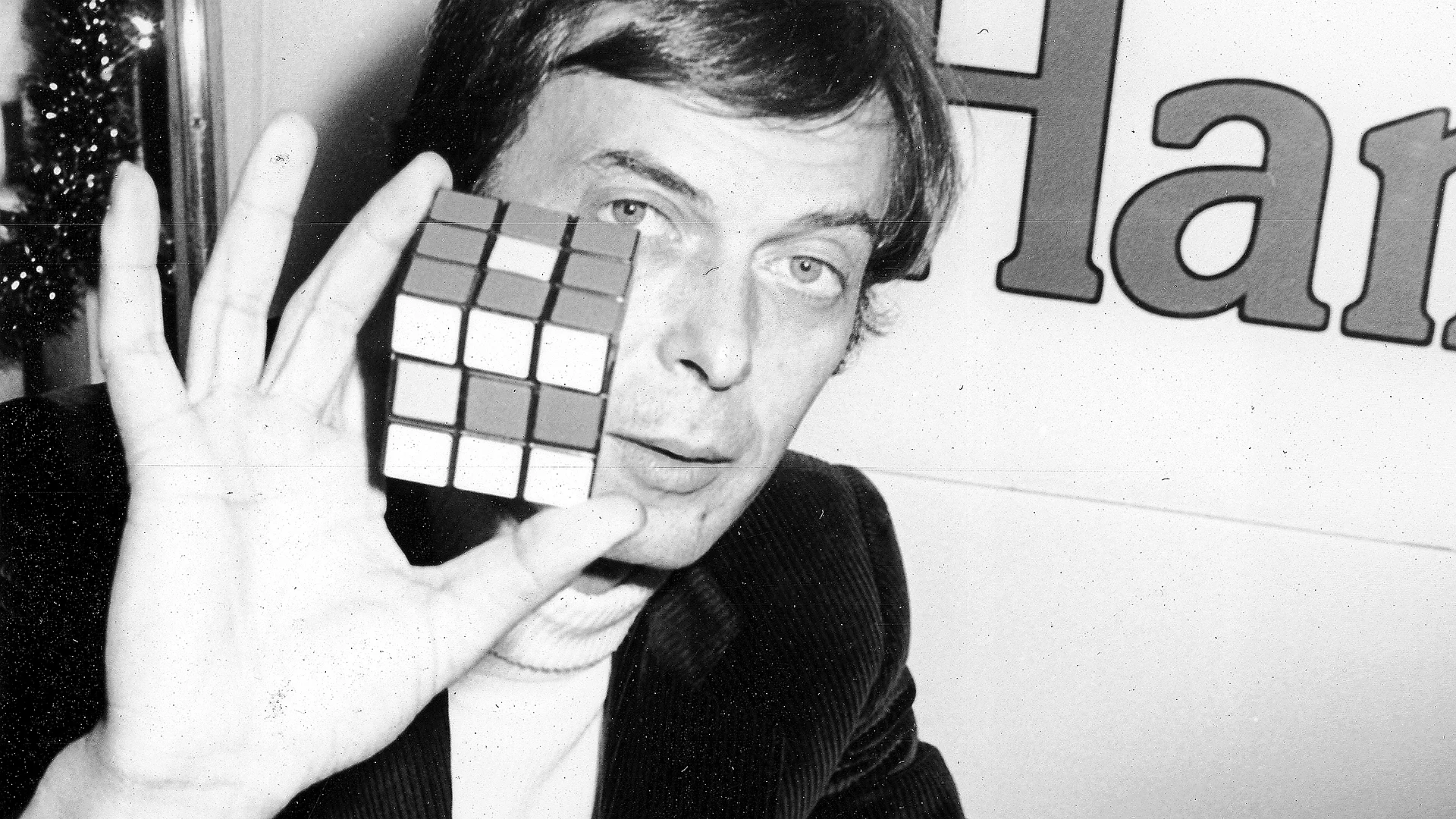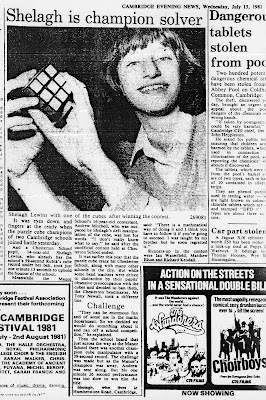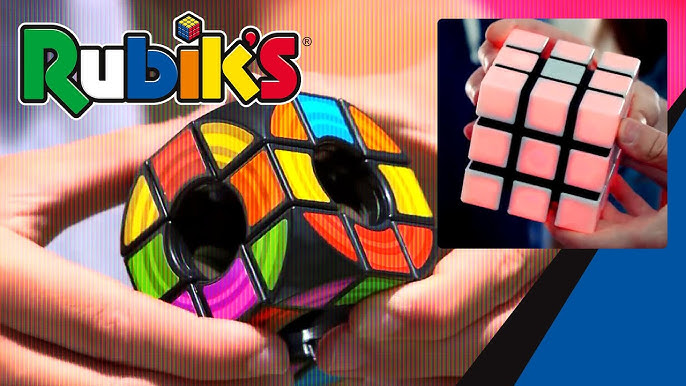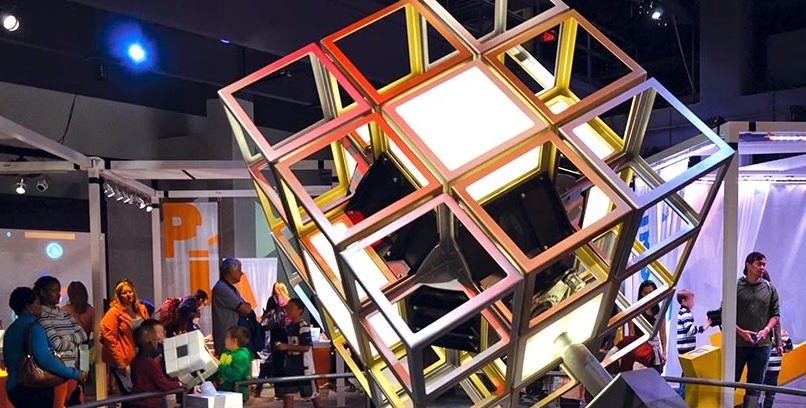The Rubik's Cube began its journey in 1974 when Hungarian architecture professor Ernő Rubik created the first working prototype. Originally called the "Magic Cube," Rubik designed it as a three-dimensional teaching tool to help his students understand spatial relationships and movement. What's remarkable is that Rubik didn't initially realize he had created a puzzle—it was only after scrambling his creation and attempting to restore it that he discovered the challenge that would captivate the world.




